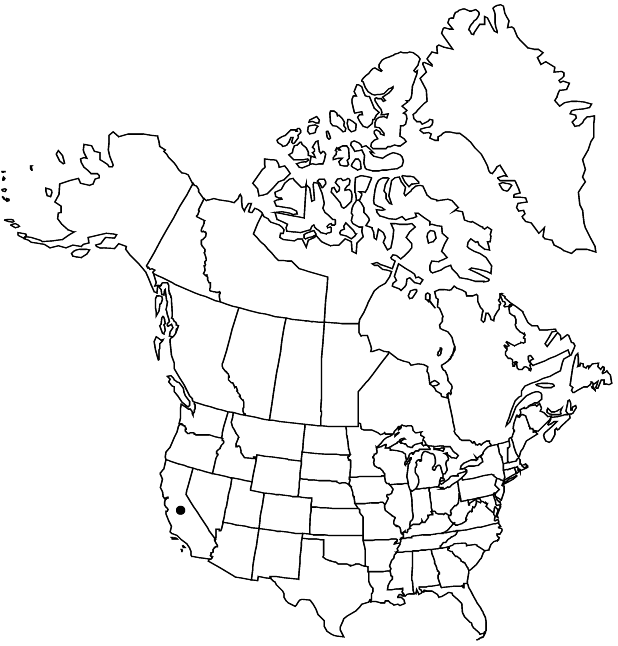Arctostaphylos confertiflora
Leafl. W. Bot. 1: 122. 1934 ,.
Shrubs, erect, prostrate, or mound-forming, 0.1–2 m; burl absent; twigs densely short-hairy with long, white, glandular hairs. Leaves (overlapping); petiole 4–10 mm; blade light green, dull, ovate to elliptic, 4–6 × 2–3 cm, base cuneate to ± rounded, margins entire, cupped, surfaces ± papillate, finely scabrous, glandular-puberulent, ± glandular-hairy proximally. Inflorescences panicles, 3–5-branched; immature inflorescence pendent, branches spreading, axis 1.5–2 cm, 1+ mm diam., densely short-hairy with long, white, glandular hairs; bracts not appressed, (crowded), (± densely overlapping near tips), (green), leaflike, ovate to oblanceolate, 8–18 mm, apex acute, surfaces finely glandular-hairy. Pedicels 3–5 mm, finely glandular-hairy. Flowers: corolla white, conic to urceolate; ovary densely white-hairy, sparsely glandular. Fruits depressed-globose, 8–11 mm diam., sparsely hairy. Stones distinct. 2n = 26.
Phenology: Flowering winter–early spring.
Habitat: Island chaparral, open, closed-cone conifer forests
Elevation: 0-500 m
Discussion
Of conservation concern.
Arctostaphylos confertiflora is found on Santa Rosa Island.
Selected References
None.
